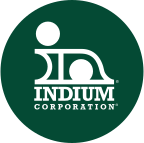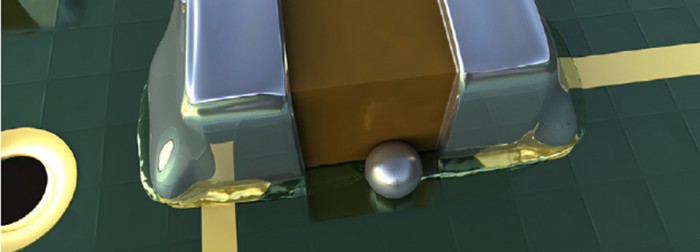Jim: Greg, as a pioneer in Surface Mount Technology (SMT), you’ve seen many changes in the past 27 years. How have you seen our customers change through the years?
Greg: An interesting question.
Several things come to mind. One famous saying that feels appropriate is, "The more things change, the more they stay the same". In this context I view the statement to mean, the tactics and acronymsmaychange, but the goals andconcerns remain, generally,constant. Obviously this isnot true in the absolute. However, my sense of customers' goals, as theyhave beenpresented toIndiumacrossseveral technologies, geographies andover the last two decades, is thatour customers tend to befocused on problem solving, product/assembly reliability, factory productivity, growth in employee knowledge, and costs.
There are too many nuances available to discuss in this short list,but let me justspeak to one: Problem solving.Clearly a skill valuable in all aspects of one's life, butin the context of manufacturing ,problem solving is a survival skill. This has always been the case.However the depth of analysis, computational capability, combined with the ready access toknowledge available today,has changed the life and work habits of alloperations and business process personnel.
The existence of off–the–shelfstatistical analysis program (i.e. JMP) and cheap and powerful desktop computational capability, combined with college level courses in Design of Experiments, professional & trade associations, industry specific training, and professional/social networking tools has created a extremely powerful problem solving and,more importantly, aproblem avoiding culture.
So, is there a difference in what customers are asking as a result? Absolutely. Questions are more complex, require a greater understanding of both the science of manufacturing, and a greater knowledge of the science of joining and bonding. The payback is a long lasting positive impact on the customers’ performance.


